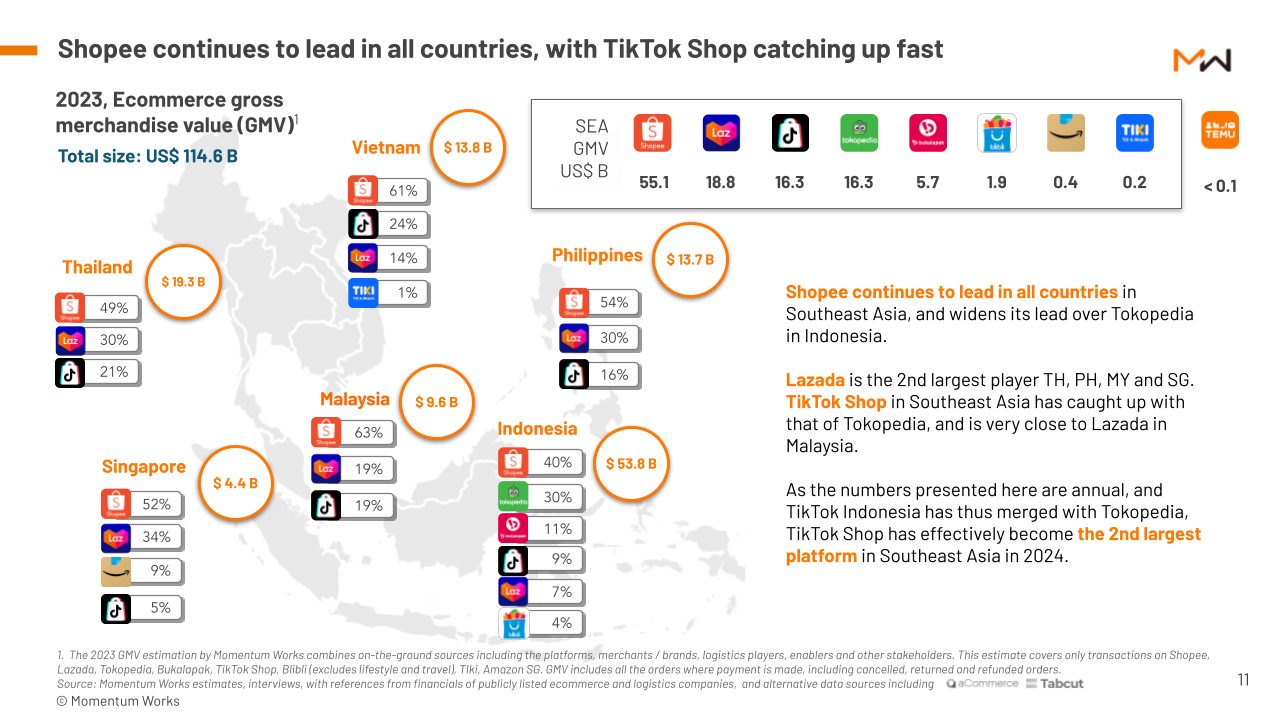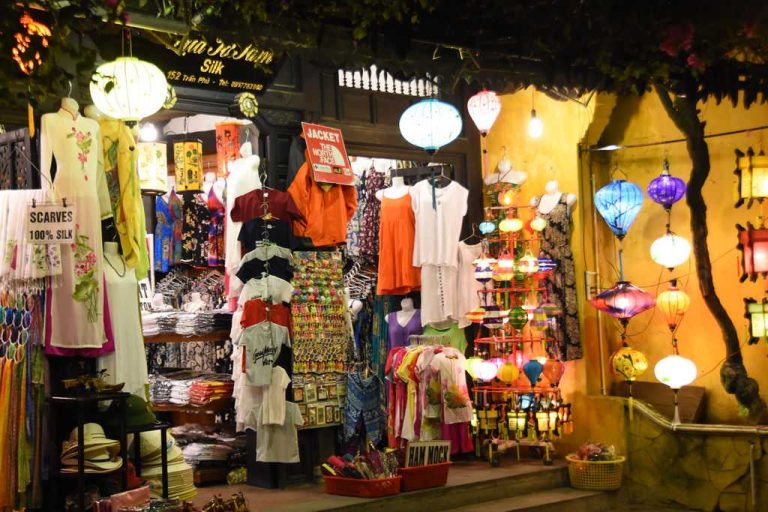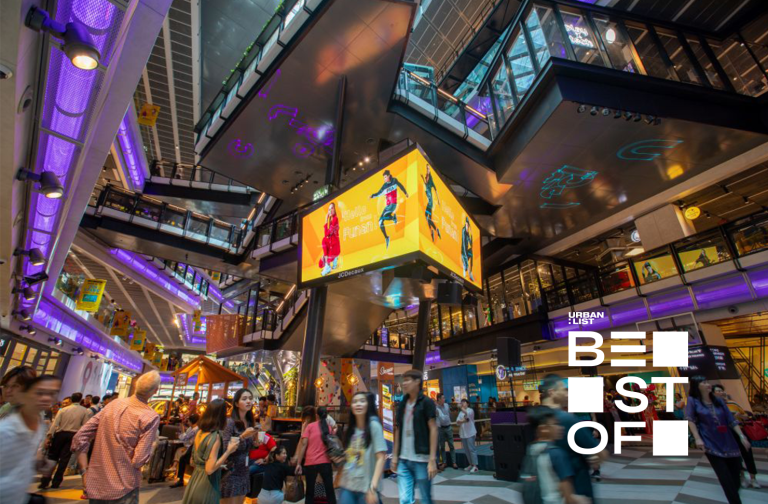Book Appointment Now

A Look at Southeast Asia’s E-commerce Market Share, with Shopee Leading the Pack
There are 5.05 billion people with internet access across the globe– a number that is likely growing by the day– and one would be hard pressed to find an internet user who had never shopped online and contributed to the $5.13 trillion dollar e-commerce market.
Similar to many countries around the globe, e-commerce is one of the hottest markets in Southeast Asia. In Indonesia alone, the e-commerce market is predicted to generate about $160 billion U.S. dollars. Other studies put the overall e-commerce market in Southeast Asia as generating a market value of $211 billion by 2025 with a compound annual growth rate (CAPG) of 22%.
Continually rising internet access and the growing middle class will continue to fuel the e-commerce boom. Consumers gaining internet access are also bringing in more discretionary income, and are more open to spending it online. E-commerce is most commonly used to purchase fashion, electronics, and beauty products, but consumers can purchase everything from home appliances and toys on the platforms.
The e-commerce market in Southeast Asia is complex and cannot be defined in a single article. However, it is possible to break down e-commerce market share by country and e-commerce platform.
The global e-commerce market share
Before we break down the Southeast Asian e-commerce market share, let’s review the state of e-commerce across the globe.
The largest e-commerce market is China, followed closely by the United States. These two countries combined contributed $2.32 trillion dollars in 2023.
China also has the largest online consumer base in the world whose preferred e-commerce platform is Alibaba, followed by Pinduoduo. India, South Africa, and Russia are also seeing a boom in e-commerce.
Further, the globalization of the supply chain has greatly contributed to the success of online. The ability to source various goods from around the world allows retailers to offer a wider–and perhaps cheaper– range of products. Studies noted that shoppers from countries in North America and Europe are becoming more open to foreign brands and products–but may show more hesitancy to buy due to environmental or overconsumption concerns.
Each country and its citizens have their preferred shopping platforms, but there are some that transcend borders. According to SkyQuestt, the top five companies in the global e-commerce market are:
- Amazon.com, Inc.
- Alibaba Group Holding Limited
- Walmart Inc,
- JD.com, Inc.
- eBay, Inc.
What led to the growth of e-commerce?
COVID-19 lockdowns greatly contributed to the rise of e-commerce. The connection between stay-at-home orders and online shopping is obvious, but as the world opened up, consumers continued to shop online.
The most obvious growth for e-commerce comes from the rise of internet penetration rates. The connection is obvious: the more internet users there are, the more opportunity there is for online shop owners to sell.
The market is also driven by innovators in the space who are continually striving to make online shopping even more convenient, and the subsequent ease of online shopping contributes to growth. Online shopping becomes easier by the day as retailers smooth payment processes and the delivery journey, AI has also found its way into the space, offering retailers a way to personalize offerings by tracking consumer interests.
What is the market share of each Southeast Asian country?

image credit: International Trade Association
E-commerce is growing steadily in each Southeast Asian country and are valuable contributors to their respective countries’ GDP. Here is a ranking of the market share of each country based on its gross merchandise value (GMV):
- Indonesia currently holds the largest share of the Southeast Asian e-commerce market. The country’s e-commerce revenue currently contributes about 52% to its overall GMV.
- Second in line was Thailand which contributed 14%. This is quite a leap down from Indonesia’s 52% contribution, which could be explained by the dramatic difference in population size.
- The Philippines captured third place with a 12% contribution.
- Vietnam, while in fourth place, is still prime for an e-commerce
While countries like the Philippines, Malaysia, Thailand, and Vietnam are quickly rising to the top, Indonesia is likely to account for 42% of the Southeast Asian e-commerce market by 2030.
Which e-commerce platform has the biggest share of the Southeast Asian market?
Southeast Asia is not the only country seeing a growth in e-commerce due to internet penetration. The nature of e-commerce (online, no need for a traditional “brick and mortar” space) makes it easier for smaller or medium sized shops to get their footing – and gain a following.

image credit: Momentum Works “Ecommerce in SEA 2024”
There is no shortage of e-commerce platforms in the region. Each country is consistently growing their internet penetration rate and a consumer base hungry for a convenient and cost-effective shopping experience, each company is poised for success.
The user base of the platforms tends to skew younger; millennials make up the largest portion of e-commerce shoppers. The youthfulness of the majority of shoppers easily lends itself to the rise of social selling, as many turn to online influencers for recommendations on what to purchase.
While citizens of different Southeast Asian countries have clear preferences for different apps, there are a few that are popular across the entire region. Between 2020 and 2023, Shopee will be the most popular e-commerce platform in the region. According to Momentum Work’s recent study, Shopee held 46.9% of the e-commerce market share in Southeast Asia.
Wrap-up: The future of e-commerce market share
The e-commerce market is still growing rapidly and is fast approaching potential saturation and maturity.
Sellers will continue to craft their products and offerings. Omni-channel and social selling will increase.
Social media will perhaps bring some of the biggest changes to how sellers market their products. Sellers will also have more consumers to sell to, since the number of users is projected to reach 259.7 million users by 2029.
Competition in the e-commerce space is intense. With new customers on the line, online retailers have to stay in the know about not only the latest technologies that enhance the customer experience, but keep a close eye on burgeoning economies. Many market analysts have their sights set on Thailand and Vietnam, both of which are predicted to see substantial growth in the coming years.



